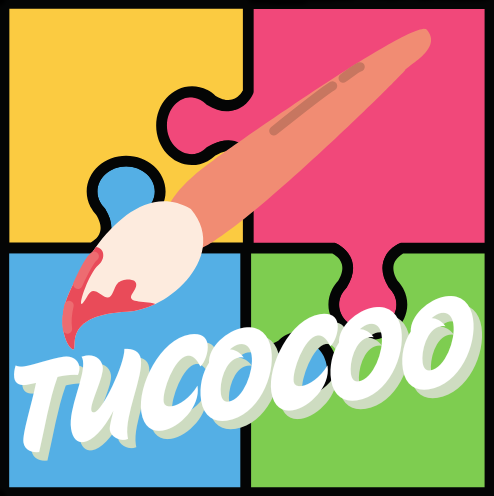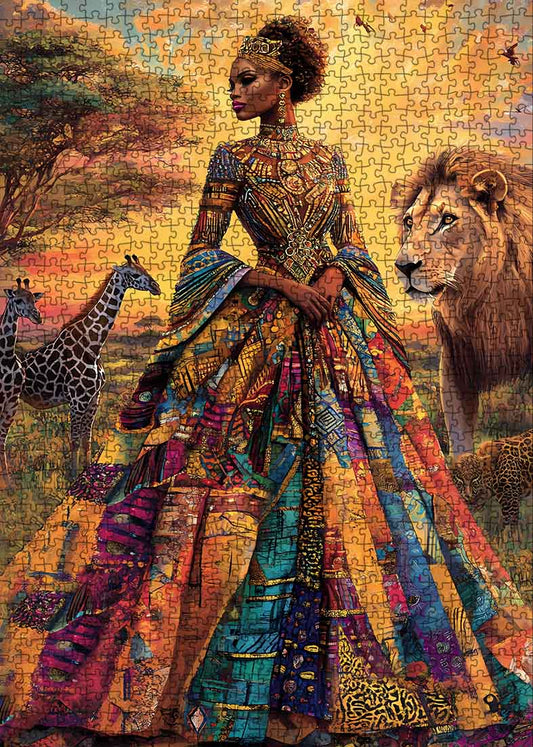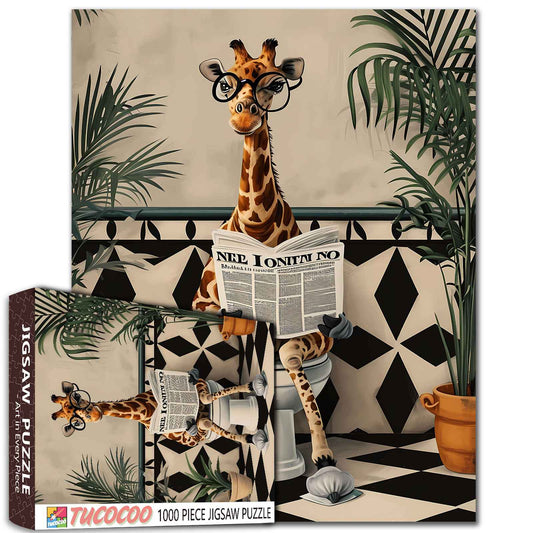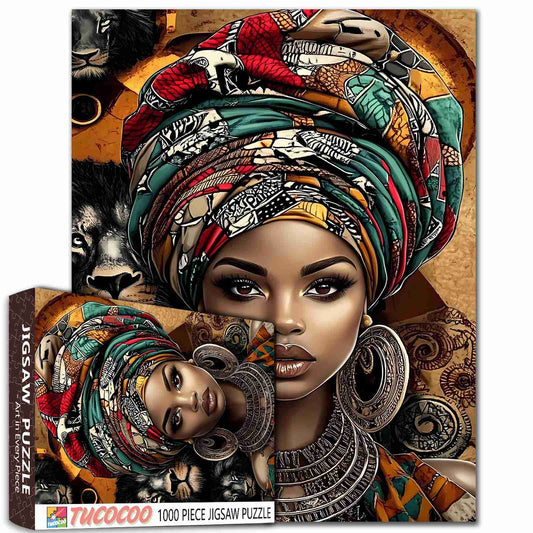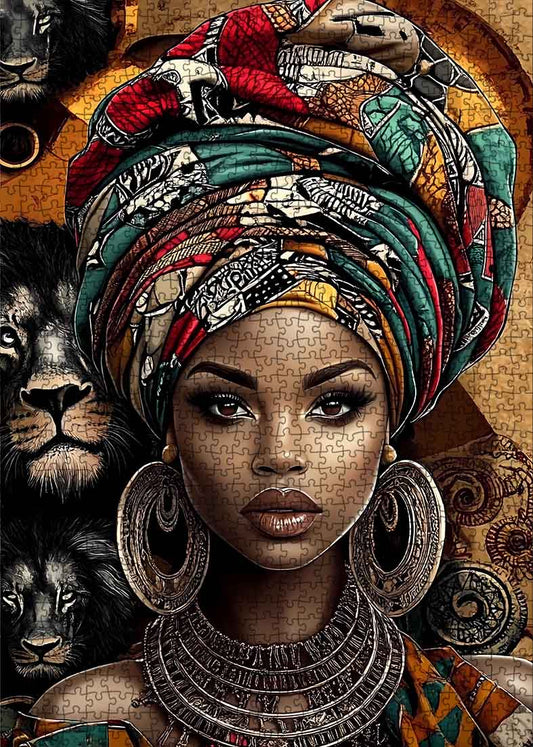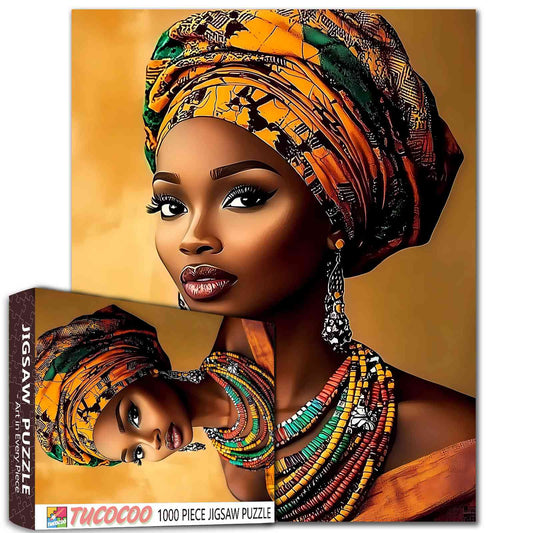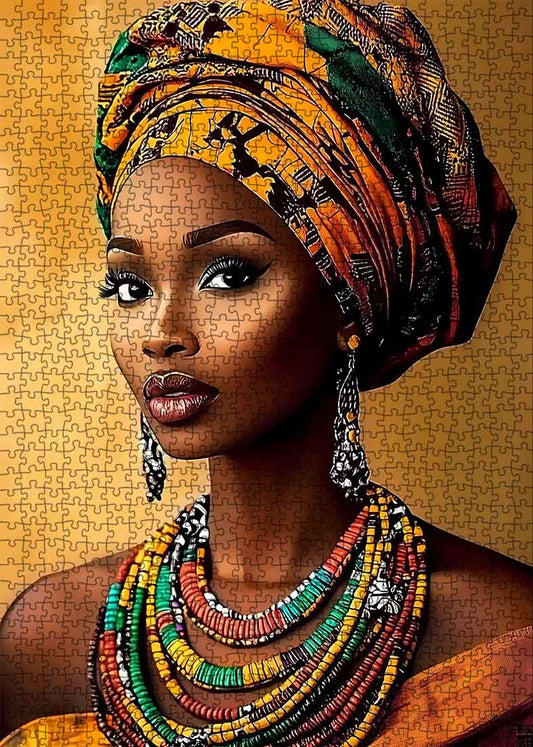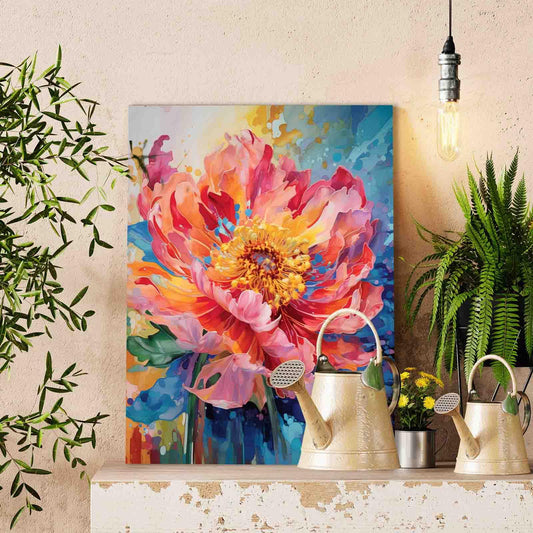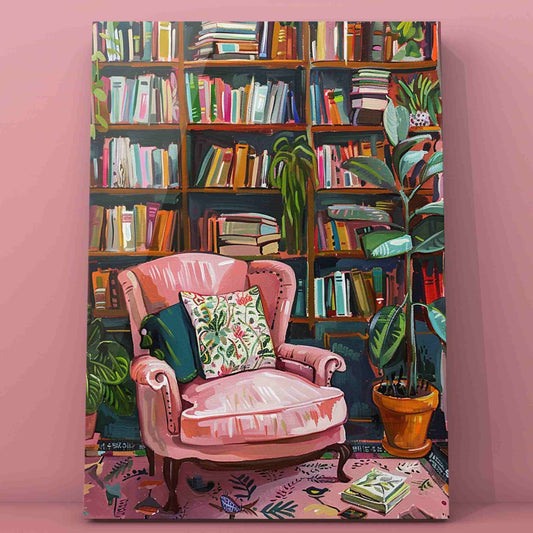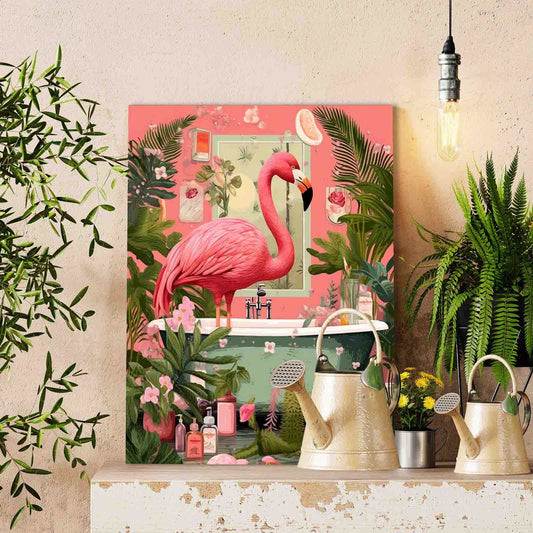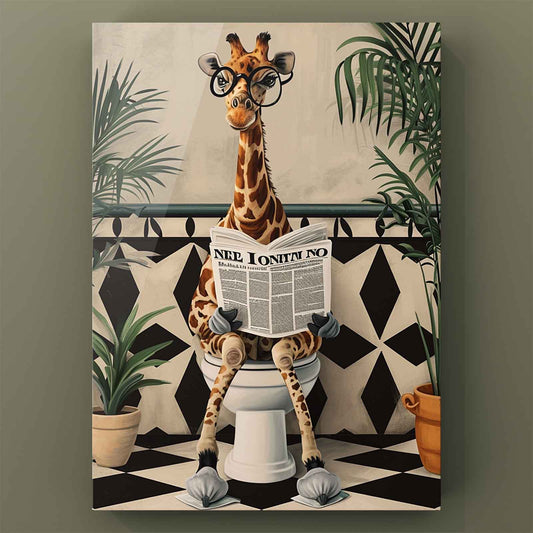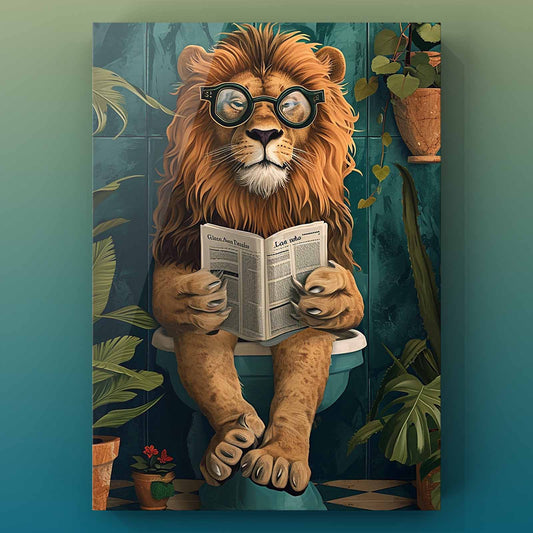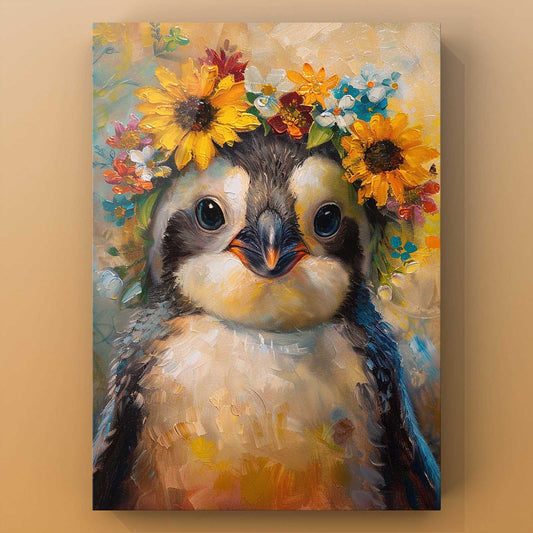
Discover Fun and Simple Flower Drawing Ideas for Beginners
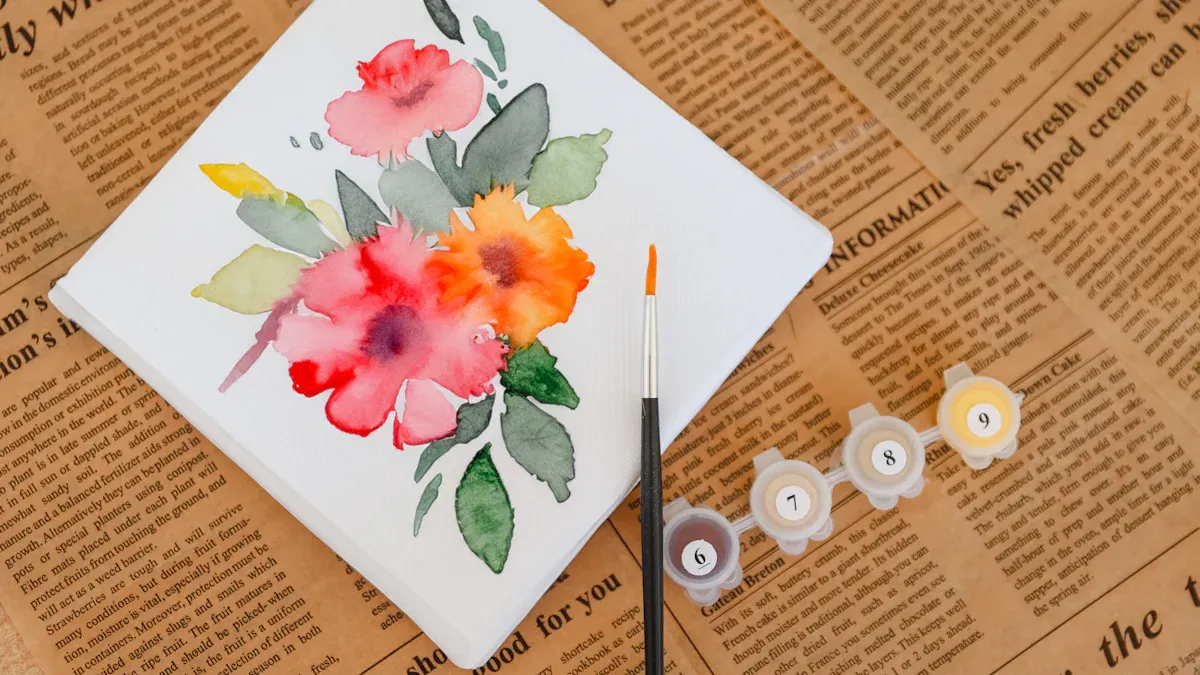
Flower drawing is one of the most fun and simple ways to unleash your creativity. You don’t need fancy tools or advanced skills to start. With just a pencil and paper, you can create stunning designs that reflect your imagination. Whether you’re doodling in a notebook or sketching on a canvas, there are so many easy flowers to draw. Plus, this activity is incredibly relaxing and enjoyable for all ages. So, why not grab your supplies and try out some ideas? You’ll be amazed at how easy and fun it can be!
Key Takeaways
Drawing flowers is fun and calming for everyone. Just grab paper and a pencil to begin creating.
Start with easy flowers like daisies or tulips. Their simple shapes help you feel confident and improve your skills.
Don’t worry about mistakes in your art. Enjoy the process instead of aiming for perfection to grow your creativity.
Try using different colors, patterns, and styles. Adding things like butterflies or cool shapes can make your flower art special.
Practice often to get better. The more you draw, the more you’ll improve, so keep trying new ideas and techniques.
Why Flower Drawing is Perfect for Beginners

Easy Flowers to Draw with Simple Shapes
Drawing flowers is a great way to start art. Flowers are made of simple shapes like circles and lines. Petals can look like ovals, stems like straight lines, and leaves like curves. These easy shapes help kids and adults draw without stress.
Start with a daisy if you need ideas. Its round center and even petals help you practice balance. Tulips are also good because their smooth petals are simple to draw. By trying these easy flowers, you’ll gain confidence and improve little by little.
Tip: Don’t aim for perfect drawings. Flower art is about simple beauty and trying new styles.
Relaxation and Creativity Through Flower Art
Drawing flowers is not only fun but also calming. Studies say flowers can lower stress and make you feel better. When you draw them, you focus and relax. Sketching roses or sunflowers lets you be creative and express yourself.
Flowers like lavender and jasmine are known to calm people. Imagine drawing them while smelling their scents—it’s a great way to unwind. Spending a few minutes on flower art can lift your mood and inspire new ideas.
Flower Type |
Benefits |
|---|---|
Lavender |
Helps you relax and feel calm |
Jasmine |
Helps you sleep better |
Roses |
Lowers stress and makes you happy |
A Fun Activity for All Ages and Skill Levels
Flower drawing is fun for everyone, no matter your skill level. Kids enjoy it because it’s easy, and adults love the creativity. You don’t need fancy tools—just grab paper and a pencil to begin.
It’s also a great way to spend time with family or friends. You can share ideas and make flower designs together. For kids, it builds confidence and helps them express themselves. For adults, it’s a relaxing way to try something new.
Note: Flower drawing is about having fun and being creative. There’s no wrong way to do it—just enjoy yourself!
Step-by-Step Flower Drawing Ideas
Drawing a Daisy in Simple Steps
Daisies are one of the easiest flowers to draw, making them perfect for beginners. Their simple shapes and balanced design help you practice basic drawing techniques. Follow these steps to create a daisy drawing:
Start by drawing two circles. The smaller one in the center will be the pistil, and the larger one around it will guide the petals.
Add small circles inside the pistil to give it texture and dimension.
Begin drawing petals within the larger circle. Make sure to hide the last two petals on each side to create depth and realism.
Finish by sketching a curvy stem that connects to the center of the flower.
Tip: Don’t worry about making every petal identical. Daisies look more natural when they’re slightly uneven.
Daisy drawing tutorials often emphasize the one-stroke technique for painting petals. This method helps you improve brush control and grow your artistic skills. Daisies are not just fun to draw—they’re also a great way to build confidence in flower drawing.
How to Sketch a Classic Rose
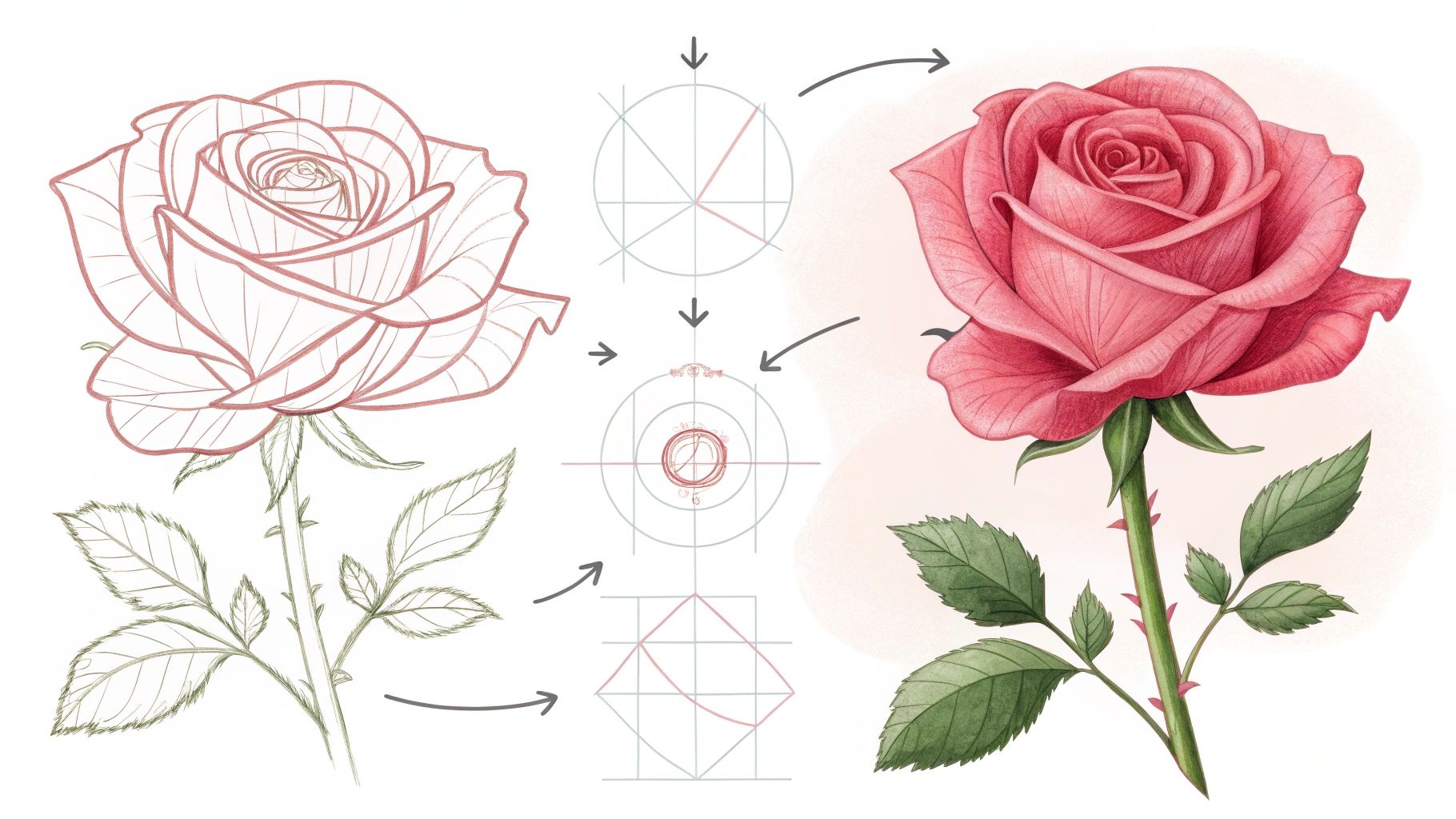
Roses may seem complicated, but breaking them down into simple shapes makes them much easier to draw. Start by understanding the anatomy of a rose. Its layered petals and spiral center create a beautiful design that’s surprisingly beginner-friendly.
Here’s how you can sketch a rose:
Begin with a small circle for the center. Add curved lines around it to form the spiral pattern.
Draw larger petals around the spiral, using soft curves to create a layered effect.
Add a stem and leaves to complete the rose drawing. Make the stem slightly curved for a natural look.
Note: Practice is key when it comes to rose drawing. The more you sketch, the better you’ll understand its structure.
Johann Heinrich Pestalozzi’s teaching methods highlight the importance of drawing for learning complex subjects. Roses are a great example of this. By focusing on basic shapes and guidelines, you can master rose drawing and apply these skills to other flower drawing ideas.
Easy Tulip Drawing for Beginners
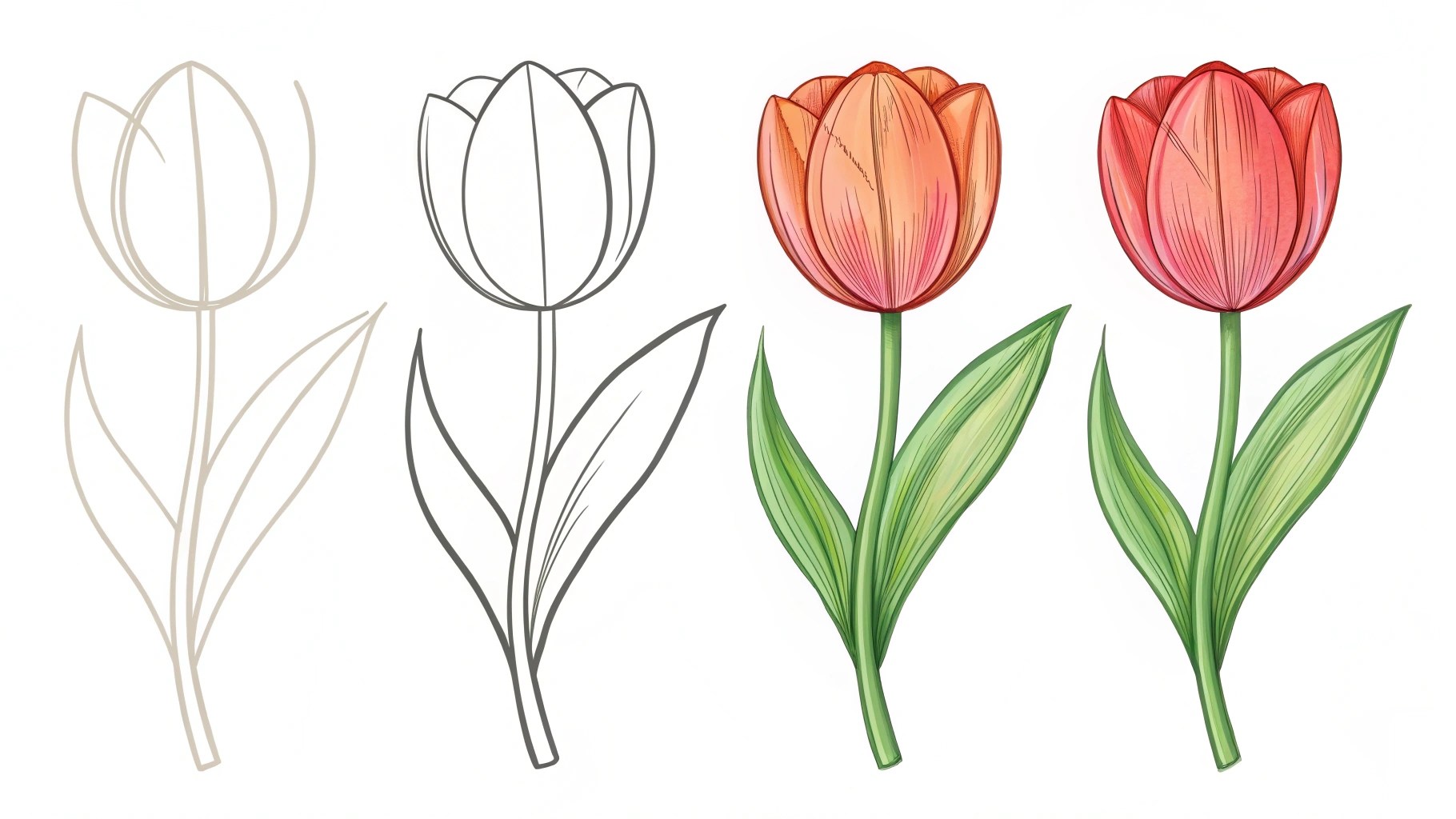
Tulips are elegant and simple, making them ideal for easy flower drawing. Their smooth petals and tall stems are easy to replicate, even if you’re new to drawing. Plus, tulips are fun to draw because they come in so many colors and styles.
Follow these steps to draw a tulip:
Start with an oval shape for the flower’s base.
Add two curved lines on each side to form the petals. Connect them at the top with a soft curve.
Draw a long, straight stem extending from the base of the flower. Add a few leaves for extra detail.
Tulip tutorials often highlight their simplicity and accessibility. You don’t need fancy tools—just basic supplies like paper and a pencil. Tulips are suitable for all ages and skill levels, making them a great choice for family art projects.
Tip: Experiment with different tulip shapes and colors to make your drawing unique.
Tulips are not just easy to draw—they’re also a fun way to explore your creativity. Whether you’re sketching a single tulip or a bouquet, this flower drawing idea is sure to inspire you.
Creating a Sunflower with Bold Petals
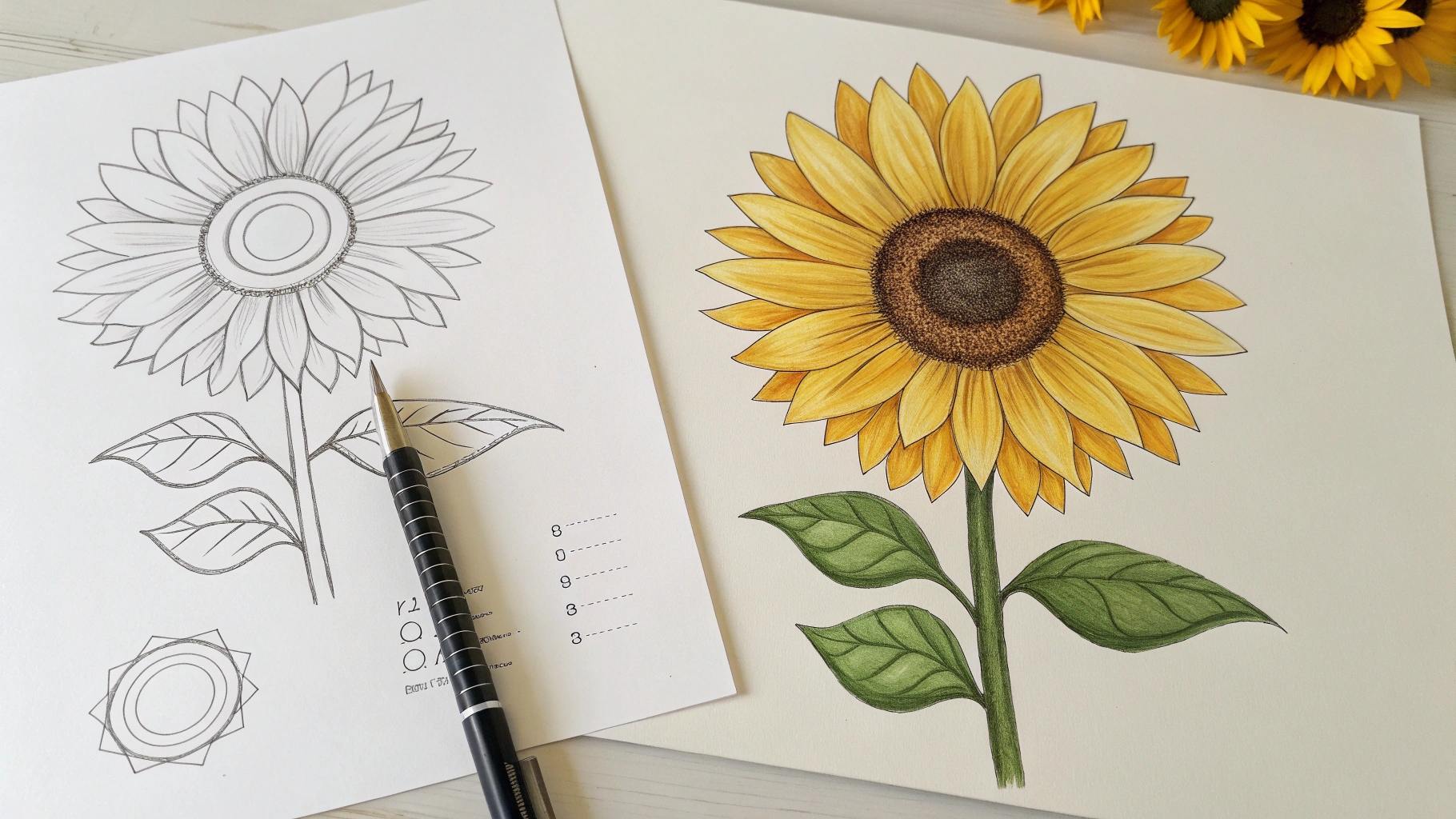
Sunflowers are bold, bright, and full of personality. Drawing one is a great way to practice flower art while creating something cheerful and eye-catching. You’ll love how simple it is to sketch their large petals and textured centers.
Here’s how you can create your sunflower drawing:
Start with a large circle for the center. Add tiny dots or small lines inside it to mimic the sunflower’s seeds.
Draw long, oval-shaped petals around the circle. Make them slightly pointed at the tips for a realistic look.
Add a tall, sturdy stem beneath the flower. Include a few large leaves to complete the design.
Tip: Sunflowers look best when their petals overlap slightly. Don’t worry about making them perfect—imperfections add charm!
Sunflower drawing is not just fun; it’s also a great way to experiment with bold shapes and textures. You can use bright yellow and orange colors to bring your sunflower to life. If you’re feeling adventurous, try adding a second sunflower next to the first one to create a small bouquet.
Quick Wildflower Sketches for Practice

Wildflowers are perfect for quick sketches. They’re small, simple, and come in so many shapes and sizes. Practicing wildflower drawing helps you improve your skills while exploring different flower drawing ideas.
To sketch wildflowers, follow these steps:
Start with a small circle or oval for the flower’s center.
Add thin, delicate petals around the center. Wildflowers often have uneven or wispy petals, so don’t worry about symmetry.
Draw a thin stem and tiny leaves to complete the sketch.
Wildflowers are fun because they let you experiment with different styles. You can draw daisies, lavender, or even tiny blossoms like forget-me-nots. Try sketching a few wildflowers together to create a meadow-like effect.
Note: Wildflower sketches don’t need to be detailed. Focus on capturing their overall shape and character.
If you’re looking for simple flower drawing ideas, wildflowers are a great place to start. They’re quick, easy, and perfect for practicing your creativity. Plus, they’re a fun way to fill up your sketchbook with colorful designs.
Creative Flower Art Projects
Flower art projects are a fun way to improve your flower drawing skills. They help you try new ideas, use different tools, and make creative designs. You can add patterns, mix flowers with other things, or play with colors and shading. These projects are great for boosting creativity. Let’s explore some simple and exciting ideas!
Adding Patterns and Textures to Flowers

Adding patterns and textures makes your flower drawings unique. Use dots, lines, or shapes to decorate your flowers. For example, draw a daisy and fill its petals with tiny dots or stripes. This easy trick gives your art more detail and personality.
Patterns are not just fun—they also teach you about shapes and designs. Studies show that working with patterns improves your drawing skills. For example, research on pattern-making shows how artists use shapes to create cool designs. You can try this by adding different patterns to your flower art.
Tip: Use bright markers or pencils to color your patterns. This makes your flowers pop!
Combining Flowers with Other Elements

Why draw only flowers? Adding other things to your flower art makes it more interesting. You can draw flowers with butterflies, birds, or cool shapes. For example, sketch a sunflower with curly vines or a tulip with a soft background. These ideas make your art look lively and creative.
Learning design basics helps you make better art. Shapes, colors, and balance are important for good designs. Botanical artists often mix flowers with other things to create amazing art. You can do this too by trying out simple ideas and seeing what works.
Note: Start small, like adding leaves or a background. Then try bigger ideas later.
Experimenting with Colors and Shading

Colors and shading make your flower drawings look real. Try blending colors to make your flowers stand out. For example, mix yellow and orange for a sunflower or use soft colors for a rose. Shading adds depth and makes your flowers look 3D.
Painting flowers can also be creative and eco-friendly. For example, paint flowers in a pot using thick brushstrokes. Or paint on recycled cardboard like some artists do. These ideas help you learn new skills while being kind to the planet.
Project Description |
Techniques Emphasized |
|---|---|
Paint flowers in a pot using thick brushstrokes. |
Practice brush techniques and color blending. |
Use recycled cardboard for painting, like Clementine Hunter did. |
Explore shading and eco-friendly materials. |
Tip: Try mixing unusual colors. Sometimes, surprising combos look amazing!
Flower art projects are fun and let you express yourself. Whether you add patterns, mix elements, or play with colors, the possibilities are endless. Grab your tools and start creating these easy flower art projects today!
Designing Abstract or Cartoon-Style Flowers
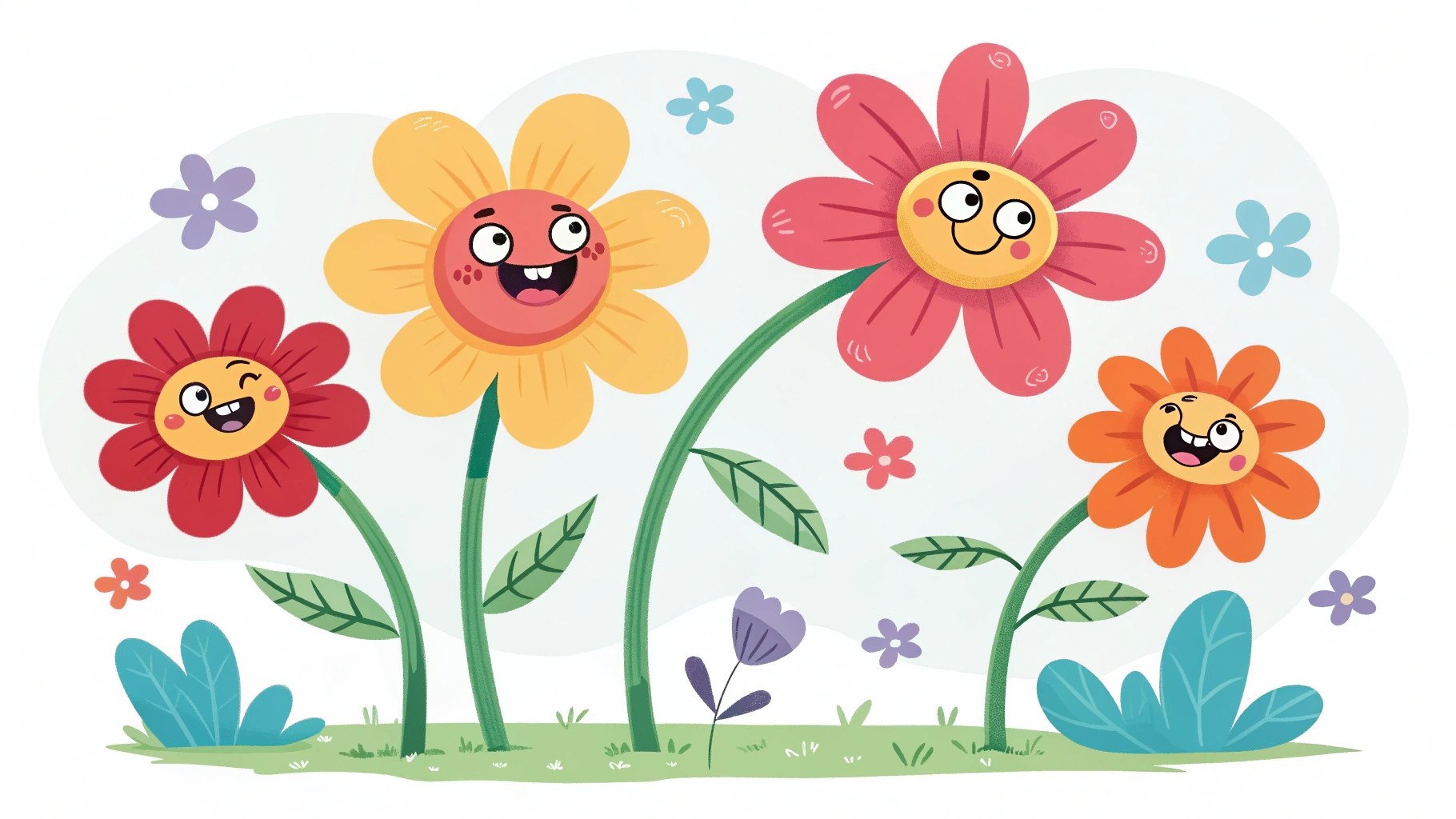
Abstract and cartoon-style flowers are a fun way to be creative. These designs let you try new ideas without following real flower shapes. You don’t need to make them look real—just focus on making something fun and different.
How to Start with Abstract Flowers
Abstract flowers are all about trying new things. Use shapes like triangles, swirls, or zigzags to make your designs. Begin with a simple flower, then add cool details like square centers or wavy petals.
Here are some ideas to try:
Use triangles or rectangles instead of regular petals.
Draw wavy or spiral stems instead of straight ones.
Add dots, stripes, or patterns to make your flowers unique.
Tip: Don’t stress about making it perfect. Abstract flowers are meant to be fun and creative. Let your ideas flow!
Creating Cartoon-Style Flowers
Cartoon flowers are great for adding fun and personality to your art. They often have big shapes, bright colors, and silly details. You can draw a sunflower with a happy face or a daisy with huge petals.
Follow these steps to draw a cartoon flower:
Start with a big, round center. Make it larger than normal for a cartoon look.
Add petals with fun shapes, like hearts or long ovals.
Draw a curvy stem and bold leaves.
Use bright colors to make your flower stand out.
Cartoon flowers are easy and fun for kids and beginners. You can even turn them into characters by adding faces, hats, or other fun details.
Mixing Abstract and Cartoon Styles
Why not mix abstract and cartoon styles? Combining these ideas makes your flowers even more creative. For example, draw a flower with a square center, heart-shaped petals, and a smiling face.
Here’s a quick idea:
Sketch a tulip with zigzag edges and a spiral stem.
Add a cartoon face in the center.
Use bright colors and patterns to finish your design.
Note: Trying different styles helps you find what you like best. Don’t be afraid to experiment!
Using Colors and Painting Techniques
Colors make abstract and cartoon flowers exciting. Use bright, bold colors to make your designs pop. Try painting with thick strokes or blending unusual colors together.
Here are some painting ideas to try:
Use neon colors for a fun, modern look.
Blend two or three colors on each petal for a cool gradient.
Paint on textured paper or recycled materials for something different.
Tip: Try using markers, crayons, or even finger paints for a fun twist.
Abstract and cartoon flowers are all about having fun and being creative. Whether you’re drawing, painting, or adding patterns, there are endless ways to make your art special. Grab your tools and start creating—you’ll be surprised by what you can make!
Tips for Successful Flower Drawing
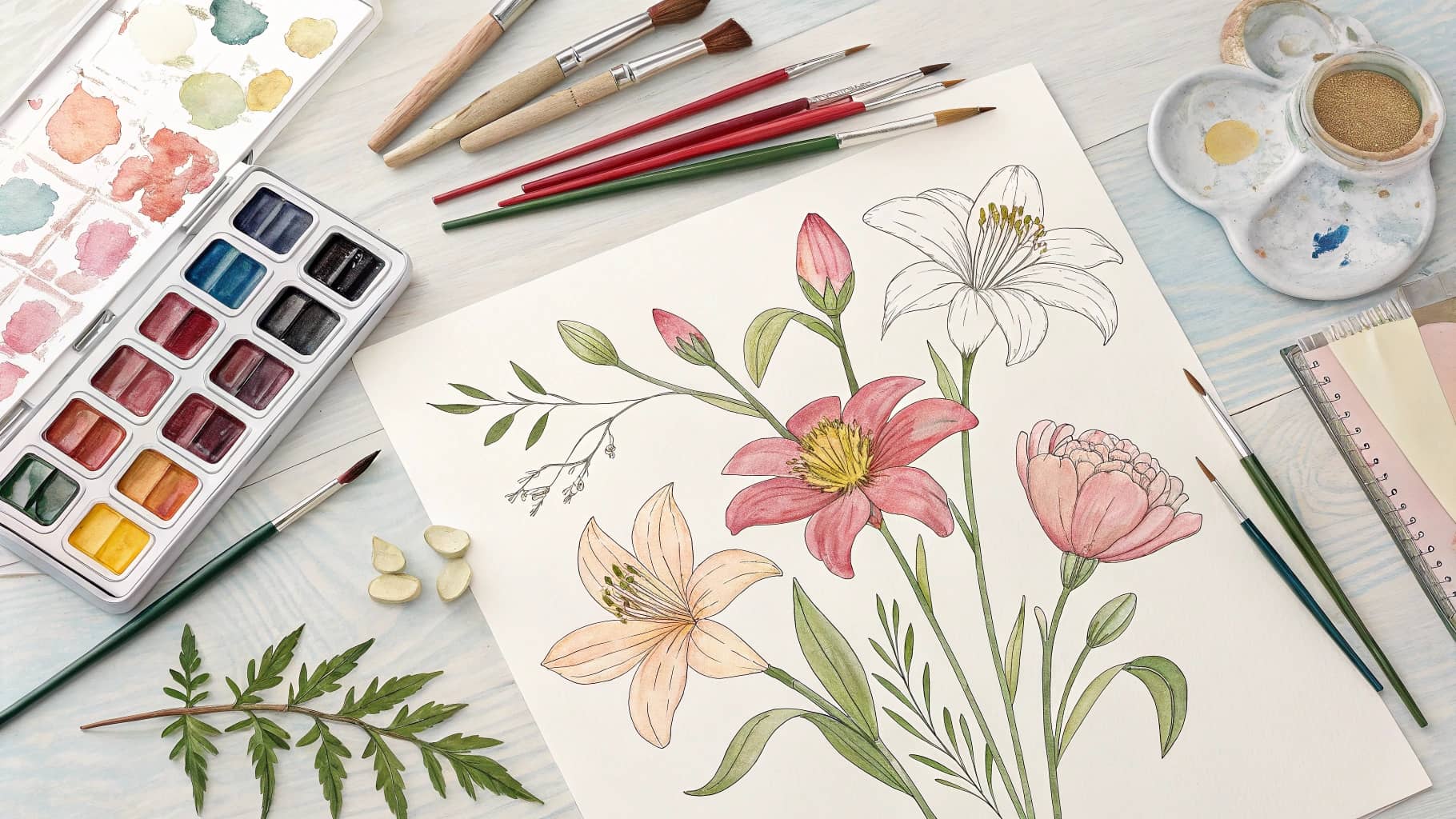
Picking the Best Tools for Flower Art
Using the right tools makes drawing flowers easier and more fun. You don’t need fancy supplies, but good choices save time. Here are some helpful tips:
Use simple tools like a pencil, eraser, and notebook. These are great for practicing flower shapes.
Learn about pencils. Soft ones (like 2B or 4B) are good for shading. Hard pencils (like H or 2H) make thin lines.
Look at real flowers when you can. Seeing them in person helps you notice colors and details better than photos.
Practice drawing plants often. Focus on petals since they fade quickly, so you can capture their beauty.
Tip: Plan your shading by making a black-and-white value guide before starting.
Practicing Simple Shapes and Lines
Learning basic shapes is key to drawing flowers. Flowers are made of shapes like circles, ovals, and triangles. Practicing these shapes helps you improve. Here’s how to begin:
Find the simple shapes in flowers. For example, a daisy’s center is a circle, and its petals are ovals.
Draw these shapes lightly and loosely. Focus on size and placement, not perfection.
Repeat shapes often. This builds memory in your hands, making it easier to draw them later.
Note: Take your time. Understand how shapes fit together to form flowers.
Solving Beginner Problems
Beginners face challenges, but you can overcome them with practice. Here are common problems and ways to fix them:
Symmetry is hard? Flowers don’t need to be perfect. Nature has flaws, so let your art have them too.
Shading feels tricky? Start with light strokes. Slowly add darker tones to make shading easier.
Feeling stuck? Try quick wildflower sketches or fun ideas like cartoon flowers. These can inspire you.
Tip: Every artist starts as a beginner. Keep practicing, and you’ll get better with time.
Drawing flowers is about having fun and trying new things. These tips will help you feel confident and ready to create amazing art.
Enjoying the Process and Accepting Imperfections
Flower drawing doesn’t need to be perfect. Mistakes make your art special. Don’t stress about making every petal the same size. Focus on having fun and expressing yourself. Art is about creativity, not strict rules.
Some people avoid art because they fear it won’t look “good.” But creativity isn’t about being perfect. It’s about trying new ideas and enjoying the process. When you stop worrying about mistakes, you’ll feel free to explore and relax.
Here are easy ways to embrace imperfections in your flower art:
Try blind drawing. Close your eyes and draw a flower’s outline. It won’t be perfect, but it will have character.
Use continuous line drawing. Keep your pencil on the paper without lifting it. This creates a smooth, natural look.
Turn mistakes into details. If a petal looks uneven, add patterns or shading to make it unique.
Art celebrates differences. Studies show focusing on the process, not the result, can make you happier. It helps you accept flaws, lowers stress, and builds confidence. Plus, unexpected surprises in your art can bring joy.
Next time you draw flowers, remember: they don’t need to be perfect. Let your creativity shine and enjoy the process. Your “imperfect” flower might become your favorite artwork!
Drawing flowers is a great way to relax and be creative. It’s easy for both kids and adults, making it perfect for everyone. Studies show that drawing flowers can lower stress, make you happier, and boost your confidence.
Benefit |
Evidence Source |
|---|---|
Study on creative self-expression |
|
Lifts mood |
Research findings |
Builds confidence |
Clinical studies |
Activates brain rewards |
Neurological basis |
Brings hope and confidence |
Expressive activities |
The more you practice, the better you’ll become. In one week, people who redrew their flower art noticed big improvements. Some even used old sketches to try new ideas and styles.
One person improved by reworking earlier drawings.
Another tried new designs after looking at past sketches.
Many said comparing their work helped them grow creatively.
Grab your supplies and start drawing! Whether with friends, family, or alone, flower art is a fun way to explore your creativity.
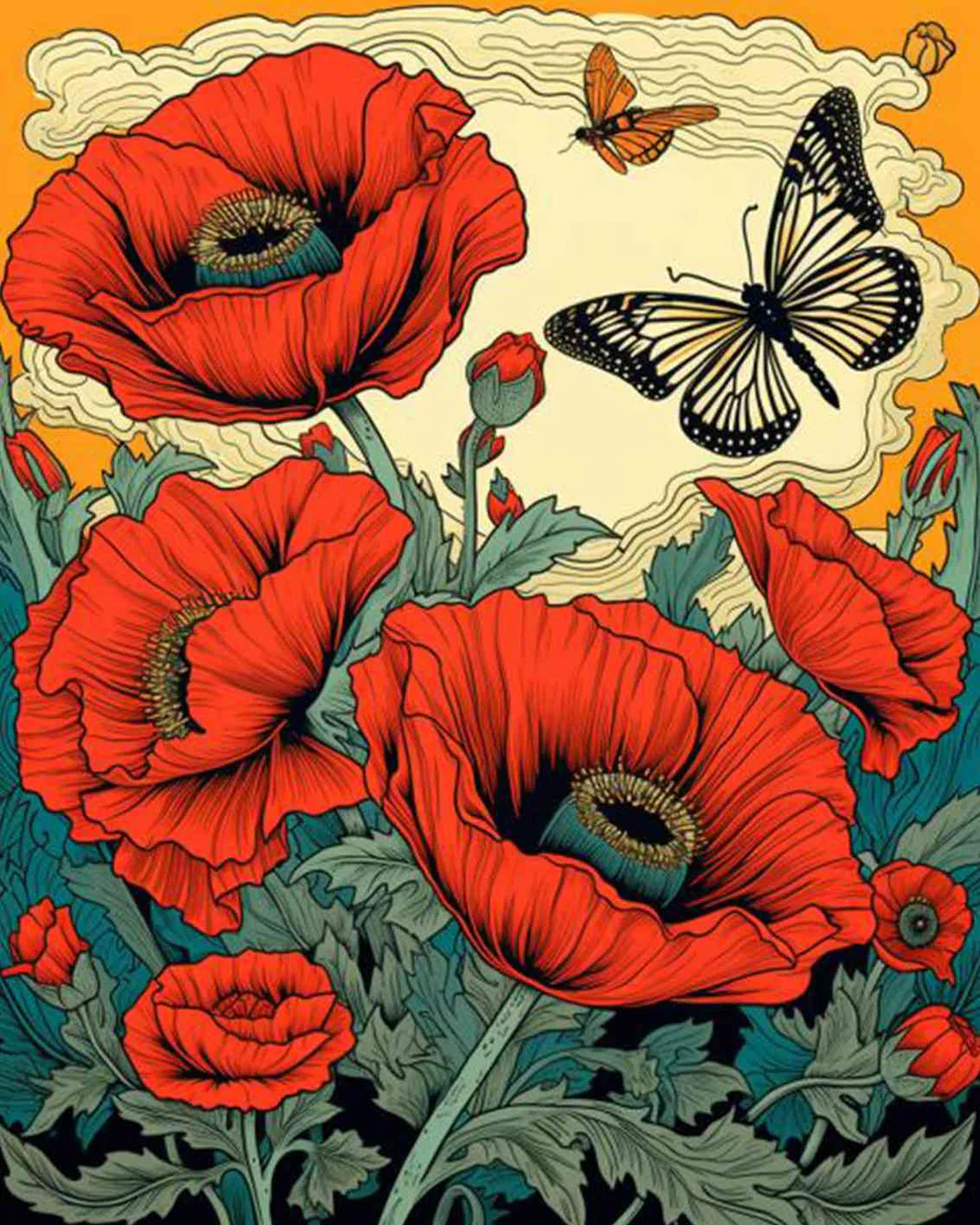
Tucocoo Flowers Paint by Numbers
FAQ
What tools do I need to start drawing flowers?
All you need is a pencil, paper, and an eraser. If you want to add color, use colored pencils, markers, or watercolors. Start simple and focus on practicing your skills!
Tip: Use a sketchbook to keep all your flower drawings together.
How can I improve my flower drawing skills?
Practice often and begin with basic shapes. Focus on one flower type, like daisies or tulips, to build confidence. Look at real flowers or photos to learn details. With time, you’ll see yourself getting better.
Note: Take your time. Celebrate small improvements as you go!
What’s the easiest flower for beginners to draw?
Daisies are perfect for beginners. Their round center and simple petals are easy to draw. Tulips and wildflowers are also great for starting out.
Fun Fact: Daisies stand for innocence and purity, making them a sweet art subject.
Can I use digital tools for flower drawing?
Yes, you can! Apps like Procreate or Adobe Fresco work well for digital flower art. They have tools for sketching, coloring, and shading. If you’re new, try basic brushes and experiment with features.
Tip: Use layers to separate your sketch, outline, and colors. It helps with editing!
How do I add shading to make my flowers look realistic?
First, figure out where the light is coming from. Shade the parts away from the light to add depth. Use soft strokes and blend for smooth shading. Practice often to improve your technique.
Pro Tip: A kneaded eraser can help create highlights and add dimension.
